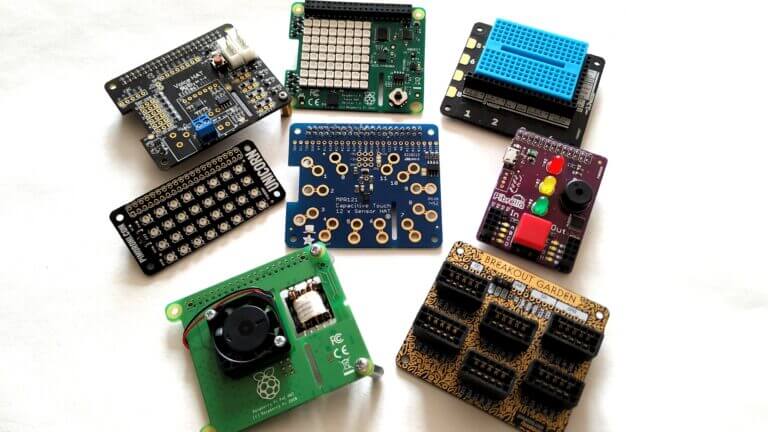A Hardware Attached on Top (HAT) for Raspberry Pi refers to an expansion boardHardware Attached on Top;HATthat can be attached to the Raspberry Pi, enabling it to be used for various purposes and enhancing its performance. Currently, expansion boards are primarily designed for the Model B+ and Zero models. Here are some key features provided by expansion boards:
Enhanced Computing Power
When dealing with computationally intensive tasks such as object detection, the Raspberry Pi's limited computing power can slow down program execution. By adding HATs, you can enhance the onboard computing capabilities, such as Grove AI HAT for Edge Computing.It is equipped with a neural network processor and a more powerful central processor, significantly improving the efficiency of various AI applications.
Solderless Wiring
Wiring can be a challenge during development. For beginners, soldering requires deeper knowledge and practical complexity, making it a higher entry barrier. Using HATs, you can connect different devices using jumper wires, eliminating the need for soldering and reducing the amount of wiring required. This not only reduces the chances of wiring errors but also makes it easier for developers to debug.For example,Waveshare 1.3inch OLED display HAT can be easily used by placing it on the Raspberry Pi and programming it.
Expansion of Functionality
While the Raspberry Pi comes with various built-in modules, its onboard features may be insufficient for numerous development projects. For instance, the Raspberry Pi Zero does not provide a 3.5mm audio jack. In scenarios where audio output is required, such as a blind assistance system, connecting a speaker to the Raspberry Pi Zero can be challenging. By adding HATs, you can provide additional functionality to the Raspberry Pi. For example, by adding the WM8960 Hi-Fi Sound Card HAT, the Raspberry Pi can directly connect to a speaker using a 3.5mm audio jack.
Power Supply Provision
The Raspberry Pi requires a 5V power supply. During development, we can use a power adapter (wall charger) to power it. However, some projects require the Raspberry Pi to be used in a mobile manner, where relying on a wall charger for power can be inconvenient. In such cases, HATs that provide power supply functionality come in handy. For example,LiPo Battery HAT,not only powers the Raspberry Pi using a battery but also provides power to motors, LCD displays, and more, offering increased flexibility.




